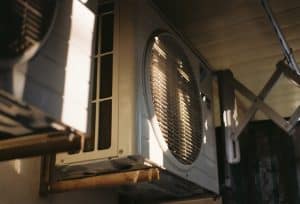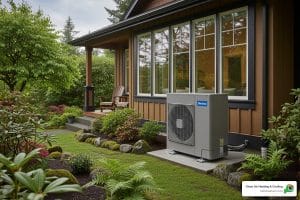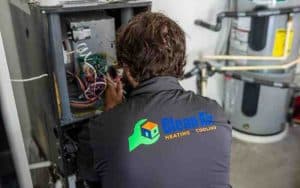As a homeowner, it’s crucial to understand the inner workings of your HVAC system, including the ductwork and ventilation. It’s easy to overlook the importance of these systems, but neglecting them can lead to a range of issues, including high energy bills, poor air quality, and even health problems. This guide will help you understand the relationship between ducts and ventilation, as well as the benefits of keeping them clean and maintained.
With a little knowledge and occasional maintenance, you can help identify any issues that may arise in your home’s ducts and vents, making your house a more comfortable place to live for many years to come. Let’s take a closer look!
What Are Air Ducts?

Air ducts are an essential component of any HVAC system, responsible for delivering heated or cooled air throughout your home. They are typically made from sheet metal or flexible materials such as plastic, fiberglass, or cloth. Ductwork is divided into two main categories: supply ducts that transport conditioned air to your living spaces and return ducts that bring air back to the HVAC system. Supply ducts typically have vents or registers that allow the air to flow into your living spaces. On the other hand, return ducts pull air from your living spaces back to the HVAC system to be heated or cooled.
Types Of Ducts
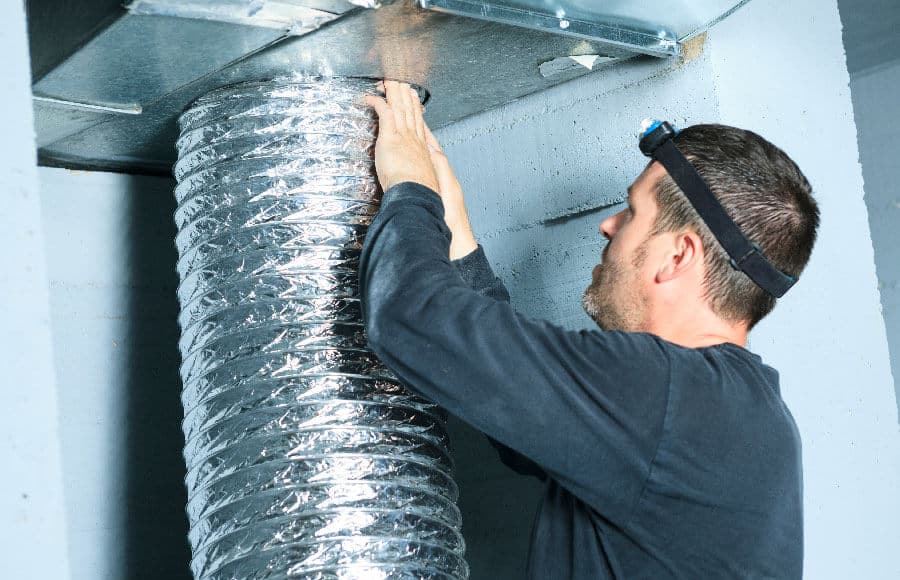
There are several types of ducts used in HVAC systems, including sheet metal ducts, fiberglass ducts, flex ducts, and insulated ducts. Sheet metal ducts are the most common type, consisting of metal sheets shaped into rectangular or circular tubes. Fiberglass ducts are made of glass fibers that are compressed into a flat sheet and then folded into a rectangular or circular shape. Flex ducts are flexible and easy to install, making them popular among DIY homeowners. Insulated ducts are typically used in attics or crawlspaces and wrapped in insulation to prevent heat transfer.
Here is a closer look at the various types of air ducts commonly used in HVAC systems:
- Sheet Metal Ducts: These are sturdy and durable ducts made from galvanized steel or aluminum. They are less likely to harbor mold or bacteria because of their non-porous surface. The smooth inner surface also allows air to flow freely, improving your HVAC system’s overall efficiency.
- Fiberboard Ducts: Made from compressed strands of fiberglass resin coated with a layer of foil, fiberboard ducts provide good insulation and are quite cost-effective. However, the interior surface isn’t as smooth as metal ducts, which can slightly reduce airflow.
- Flex Ducts: As their name suggests, these ducts are flexible, making them easy to install in difficult-to-reach places. Flex ducts are made from a wire coil covered in a bendable, durable plastic, and surrounded by insulation. While they’re convenient, they can be susceptible to damage if not handled carefully.
- Insulated Ducts: These ducts are usually made from sheet metal, then wrapped in insulation material to prevent heat loss. They’re ideal for spaces like attics or basements, where the temperature can vary greatly.
- PVC Ducts: Made from sturdy plastic material, PVC ducts are resistant to moisture and corrosion, making them a favorable choice for ductwork that needs to be buried underground or exposed to the elements. However, they are not suitable for spaces near heat sources as PVC can release toxic fumes when heated.
Importance Of Air Ventilation

Air ventilation is crucial to maintaining good air quality in your home. Proper ventilation helps to remove stale air, pollutants, and allergens while bringing in fresh, oxygen-rich air. Without proper ventilation, mold, mildew, and even toxic gases can build up, leading to health problems. Proper ventilation is especially important for people with allergies or respiratory issues. To ensure proper air ventilation, it’s essential to maintain your HVAC system’s ducts and airflow.
Proper ventilation plays a pivotal role in maintaining a healthy and safe living environment. When functioning correctly, ventilation systems control air circulation, replacing indoor air with fresh outdoor air and reducing the levels of pollutants and allergens. This constant air movement prevents the buildup of moisture, which can lead to mold and mildew growth, contributing to poor indoor air quality and possible health issues.
The Ventilation Process

The ventilation process involves moving air from the outdoors to the indoors and vice versa. Ventilation is typically accomplished through the use of fans, vents or registers, and ducts. Outdoor air can be brought in through the HVAC system’s intake vent, filtered, heated or cooled, and then distributed throughout your home’s living spaces via supply ducts. Stale indoor air is then pulled back through the HVAC system’s return vents and ducts, filtered, and exhausted outside.
The ventilation process in HVAC systems can essentially be broken down into five core steps:
- Air Intake: The process begins with the HVAC system drawing in outdoor air through an intake vent.
- Air Filtration: This outdoor air is then passed through filters to remove any pollutants or particulates, ensuring the air brought into your home is clean and safe.
- Air Conditioning: The filtered air is then either heated or cooled depending on your home’s thermostat settings.
- Air Distribution: The conditioned air is transported via the HVAC system’s supply ducts and released into your home’s living spaces through vents or registers.
- Air Exhaust: Finally, stale indoor air is pulled back into the HVAC system through return ducts, filtered and exhausted outside, thus completing the ventilation cycle.
Signs Of Damaged Ducts
It’s essential to look out for signs of damaged ducts. These can include low airflow from vents or registers, uneven heating or cooling in different areas of your home, high energy bills, strange noises coming from your ducts, and visible damage or leaks in your ductwork. If you notice any of these signs, it’s crucial to have a professional inspection done to identify and repair any issues.
Dangers Of Poor Ventilation
Neglecting your HVAC system’s ventilation can lead to a range of dangers. Poor ventilation can cause high humidity levels, leading to mold growth and respiratory problems. Toxic fumes can also accumulate if appliances such as gas stoves or furnaces don’t have proper ventilation. Radon, a radioactive gas, can build up in your home if it isn’t properly ventilated, leading to increased cancer risks.
Benefits Of HVAC Maintenance
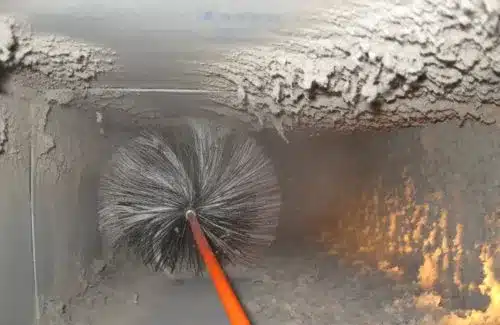
Maintaining your HVAC system is an investment in your home’s comfort, energy efficiency, and safety. Regular maintenance can extend the lifespan of your system, prevent breakdowns, and improve indoor air quality. This includes cleaning and maintaining your ducts, replacing air filters, and having regular inspections and tune-ups done by a professional. In the long run, this can save you money on energy bills and repair costs while ensuring your family’s safety and well-being. Call Clean Air Heating & Cooling today to find out more information about our duct cleaning and ventilation services in Skagit County, WA!



